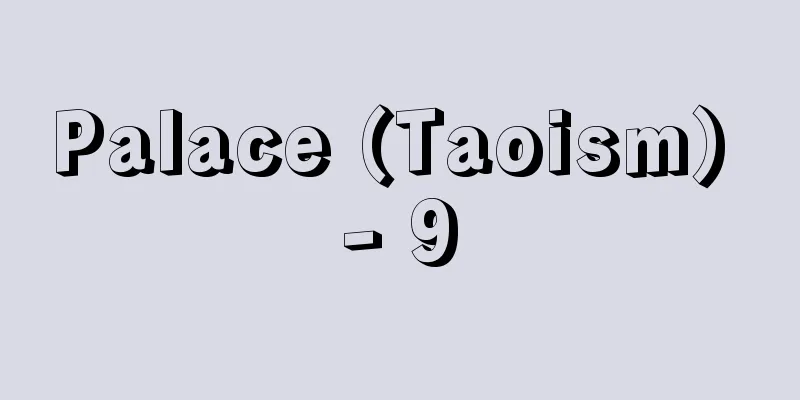Knock - Beating

|
In the Edo period, this was one of the punishments imposed on commoner men. The offender was set free after being "beaten" with the butt of a broom. It was established in 1720 to replace the ear-cutting and nose-cutting punishments, and is thought to have imitated the Ming and Qing laws rather than reviving the whipping of the Ritsuryo. The Kujikata Osadamegaki stipulates that inspectors should be sent to the prison gate to have the prison guards place the whip on the criminal's buttocks from the shoulders to the back, removing his spine, and "beat" him so that he does not faint. The number of beats (light beats) is 50, and the number of heavy beats is 100. If the prisoner is a townsman, the landlord or village headman should be called, and if he is a resident, the village headman or group leader should be called and shown to the prisoner. After the execution, the prisoner should be handed over to the prisoner, but if he is a homeless person, the prisoner should be turned away at the gate. In addition, this was sometimes combined with tattooing. Source: Encyclopaedia Britannica Concise Encyclopedia About Encyclopaedia Britannica Concise Encyclopedia Information |
|
江戸時代,庶人男性に科せられた刑罰の一つ。罪民を箒尻 (ほうきじり) で「敲」いて放免する刑。享保5 (1720) 年耳切 (みみきり) ,鼻そぎの刑に代えて設けられたもので,律の笞杖を復活したものというよりも,明,清律を模倣したものとみられる。『公事方御定書』には「敲」について,牢屋の門前において,検使役人をつかわして牢屋同心に罪人の肩より尻にかけ,背骨を除き,気絶しないように,「敲」かせ,その数は単なる敲 (軽敲) が 50,重敲は 100,また受刑者が町人であればその家主,名主を,在方であれば名主,組頭を呼んでこれを見せ,処刑後,身柄を引渡すが,無宿者の場合は門前払いにする,といった内容が規定されている。なお,これと入墨を併科することもあった。
出典 ブリタニカ国際大百科事典 小項目事典ブリタニカ国際大百科事典 小項目事典について 情報 |
>>: Tataki (Japanese clay) - Tataki
Recommend
Dewey, John
Born October 20, 1859 in Burlington, Vermont [Died...
Amami Termite - Amamishiroari
...The Takasago termite builds a spherical nest o...
Scented sachet - Scented bag
〘Noun〙 A small bag in which fine powders of variou...
automatic train stop device
…It is an abbreviation of automatic train stop de...
raifort sauvage (English spelling) raifortsauvage
…It was introduced to Japan from the United State...
tela subcutanea (English spelling) telasubcutanea
… [Goto Hitoshi] [Human skin] Like other mammals,...
Akogiura, Seshu
Bunraku puppet theater. Historical piece. One act ...
Paulus Potter
1625‐54 Dutch painter and printmaker. Born in Enkh...
Coexistence Congregation - Kyosonshukai
…An association for the purpose of encouraging mu...
Lava tunnel - yōgan tonnerū (English spelling) lava tunnel
A horizontal cavity inside a solidified lava flow...
hip bone
...Sex differences exist in the pelvis as a whole...
Mynah bird - Mynah bird
A bird of the Starling family. Wingspan: 16cm. Its...
Sanuki, the Sea of Stones
…Around the Kenkyu era (1190-99), he resumed his ...
Deuterium - Deuterium
A general term for hydrogen isotopes with mass nu...
Kana diary - Kana Nikki
...If we also include the "I-novels" of...









![Toyokawa [city] - Toyokawa](/upload/images/67cc5bfa266e5.webp)